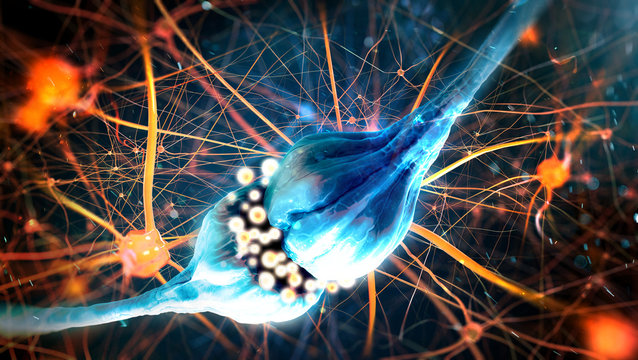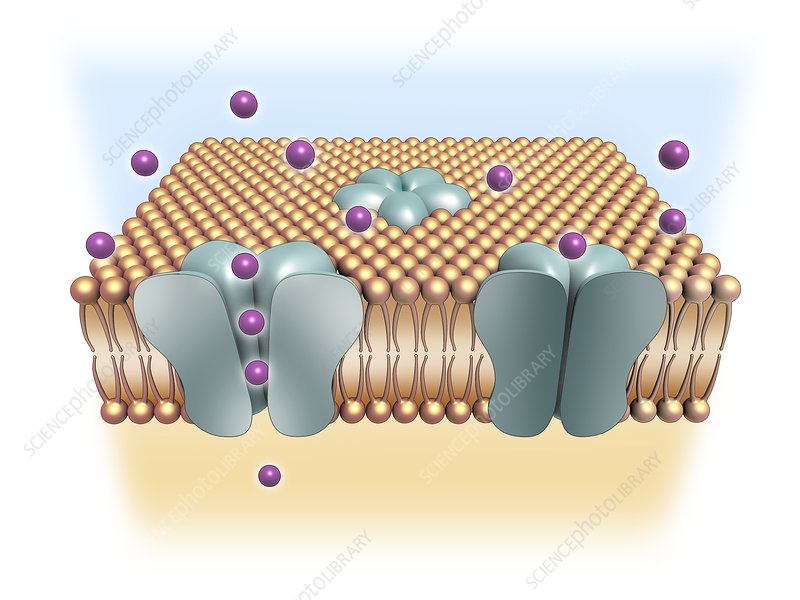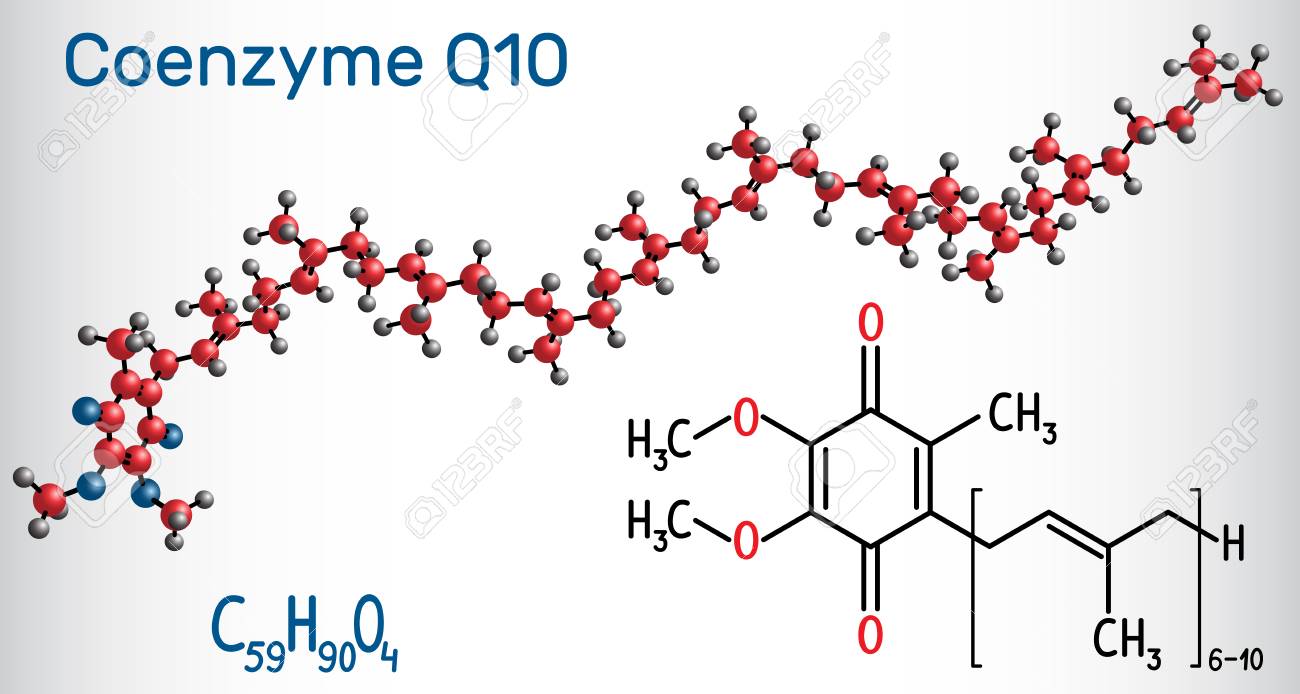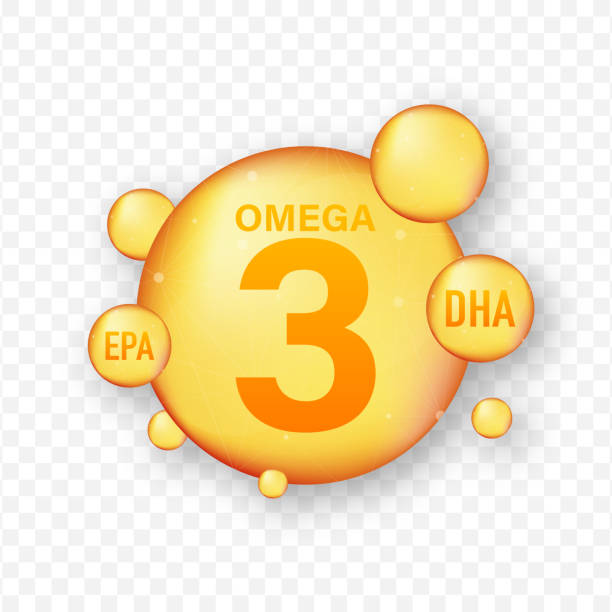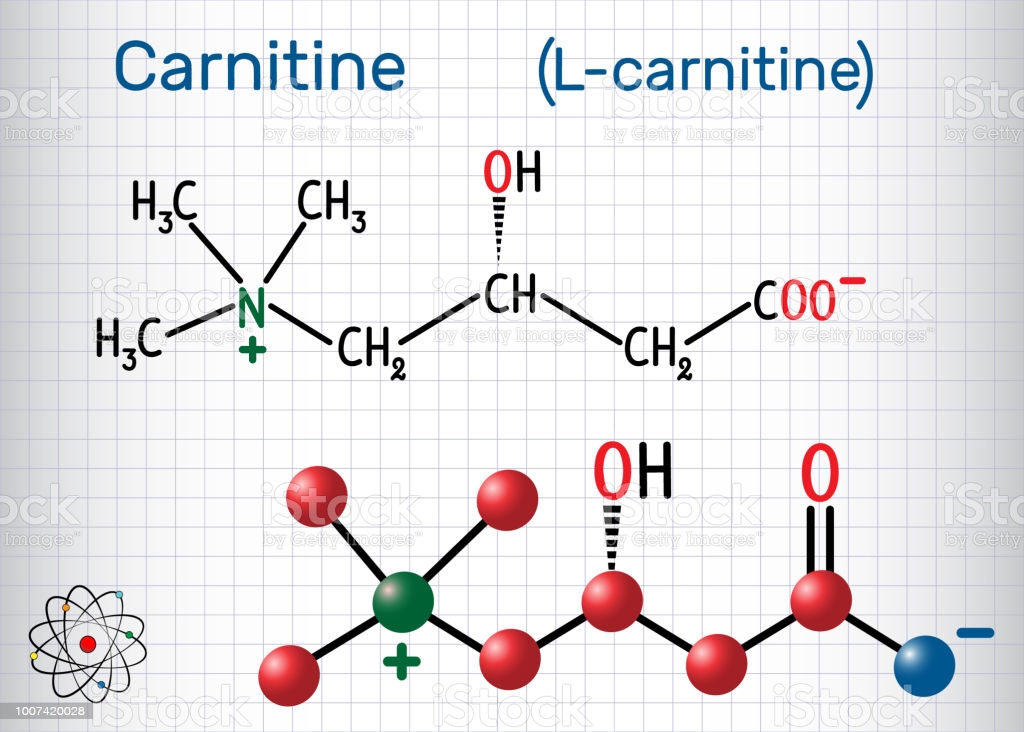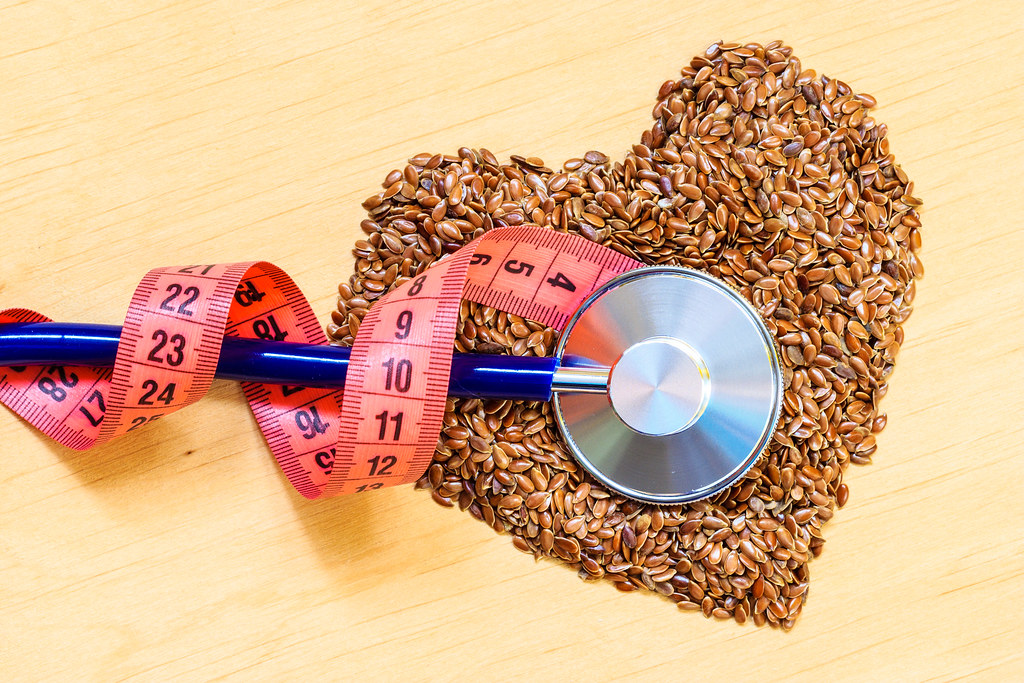Fats or lipids are a chemically diverse group of compounds, the common and defining feature of which is their insolubility in water.
Lipids can be either regarded as pasive, such as storage and structural lipids, or active, meaning that they are actively involved in metabolic pathways.

Storage Lipids
Fatty acids are carboxylic acids with hydrocarbon chains ranging from 4 to 36 carbons long. These can be:
– either unbranched and fully saturated (no double bonds);
– or unsaturated (one or more double bonds).

Image Source: BioNinja
Triacylglycerols or triglycerides are the simplest lipids constructed from fatty acids. They are composed of three fatty acids each in ester linkage with a single glycerol. Triacylglicerols can be either simple (containing the same free fatty acid), or mixed, which are more frequently encountered in nature, in foods such as oils, dairy and animal fat.
Biological waxes are yet another example of storage lipids. These are esters of long-chain (>C14) fatty acids with long-chain (>C16) alcohols. These serve as energy stores and water repellents. Lanolin, bees wax and carnauba wax are a few examples of waxes used in the pharmaceutical and cosmetics industries.
Structural Lipids
These are major structural elements of biological membranes, which exhibit a double layer of lipids, which acts as a barrier to the passage of polar molecules and ions. There are several types of structural lipids:
Glycerophospholipids, such as Phosphatidylcholine and Phosphatidylethanolamine.
Galactolipids and Sulfolipids. These predominate in plant cells and are probably the most abundant membrane lipids in the biosphere.
Archaebacterial tetraether lipids, which help extremophile bacteria inhibit extreme habitats.
Sphingolipids act as membrane sites of extracellular recognition and are what define human blood groups for example.
Sterols, such as cholesterol in animal tissue, stigmasterol in plants or ergosterol in fungi. These serve, among others, as precursors to steroid hormones and bile acids.
Active Lipids
As opposed to storage lipids, which are stored and later oxidised by enzymes or structural lipids, which form impermeable barriers around cells, active lipids have roles in the metabolic traffic as metabolites and messengers.
Hormones, such eicosanoids and steroids, as serve as potent signals carried through the blood from one tissue to another. Vitamins A & D are hormone precursors.
Phosphatidylinositol is used in intracellular messaging, whereas vitamins E & K and CoQ10 serve as redox and enzyme co-factors respectively.
Active lipids in pigment molecules serve to capture light or provide natural coloration.
Metabolically, folding and anchoring of proteins is also realised with the help of active lipids.
#Lipids #SaturatedFats #UnsaturatedFats #Triglycerides #SteroidHormones #Cholesterol #Hormones #Vitamins #CoQ10 #NutriFix #FixingNutrition #HealthAndLongevity #SmartEating #HealthyFood #OptimizeYourHealth
~Mihai


